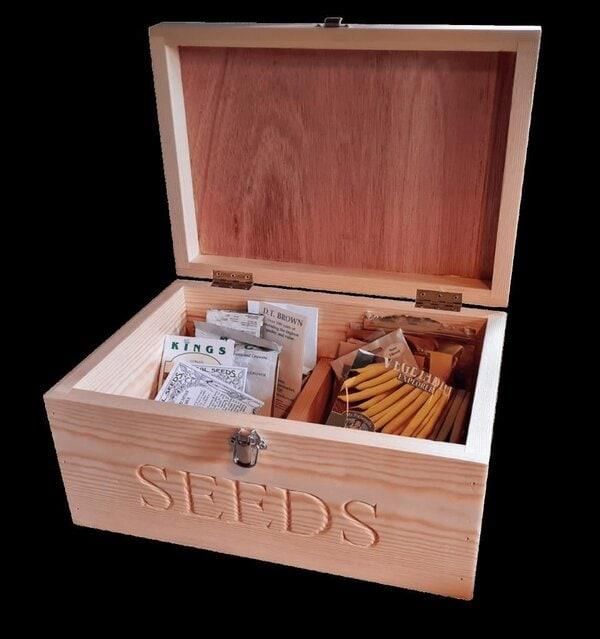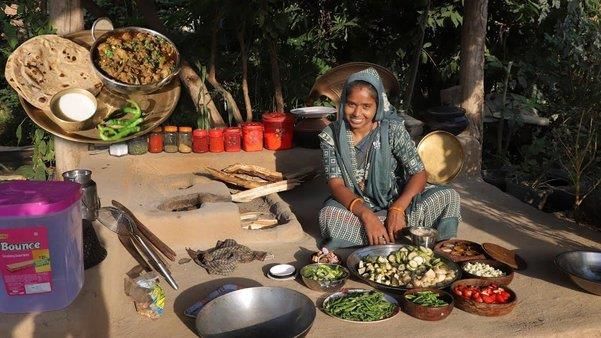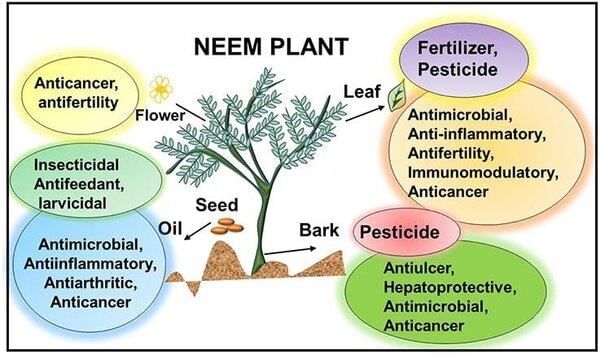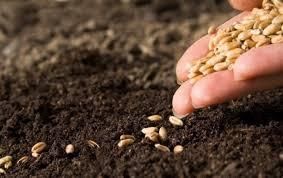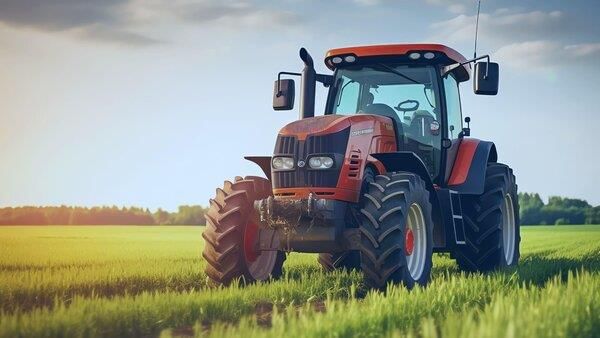|
Fill in the blank: The special dish cooked during winter in the village is called ___. |
Card: 3 / 28 |
|
Farmers traditionally grew a variety of crops, including grains and vegetables, according to the season. 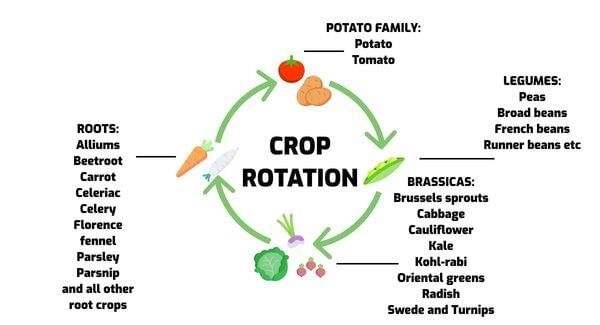 |
Card: 8 / 28 |
|
True or False: After the dam was built, farmers began to rely on traditional methods of irrigation. |
Card: 9 / 28 |
|
False. After the dam was built, farmers began using canals to bring water to their fields. 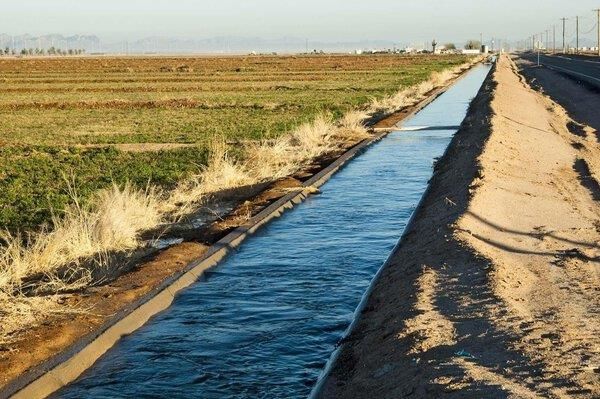 |
Card: 10 / 28 |
|
Fill in the blank: Farmers started buying ___ from the market instead of storing seeds from old crops. |
Card: 11 / 28 |
|
Riddle: I help plow fields and can do the work of many days in just one. What am I? |
Card: 13 / 28 |
 Unlock all Flashcards with EduRev Infinity Plan Starting from @ ₹99 only
|
|
Electrification allowed farmers to use electric motors to pump water and operate new machinery, increasing efficiency and productivity. |
Card: 16 / 28 |
|
Fill in the blank: The reliance on pumps for irrigation has led to a decrease in the ___ of the water table. |
Card: 17 / 28 |
|
True or False: The soil quality improved with the continuous use of the same crop and chemicals. |
Card: 19 / 28 |
|
The croton plant's leaves bend and become limp, indicating that the top layer of soil is dry.  |
Card: 22 / 28 |
|
True or False: Bhaskarbhai uses factory-made fertilizers to keep his soil fertile. |
Card: 23 / 28 |
|
False. Bhaskarbhai does not buy factory-made fertilizers; his soil is fertile because of naturally rotting dried leaves. 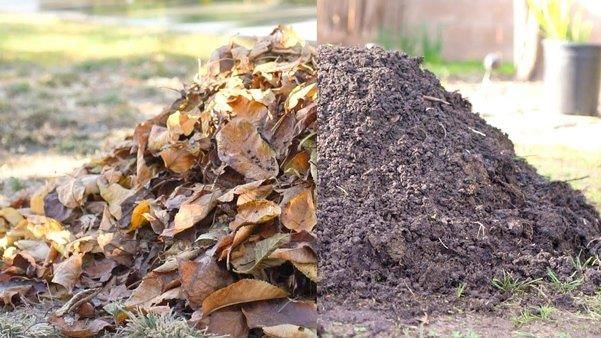 |
Card: 24 / 28 |
|
Fill in the blank: The presence of ___ in Bhaskarbhai's soil helps to aerate it and allows air and water to penetrate. |
Card: 25 / 28 |
|
Earthworms soften the soil by digging tunnels, which helps air and water to enter, and they also fertilize the soil with their droppings. |
Card: 28 / 28 |





